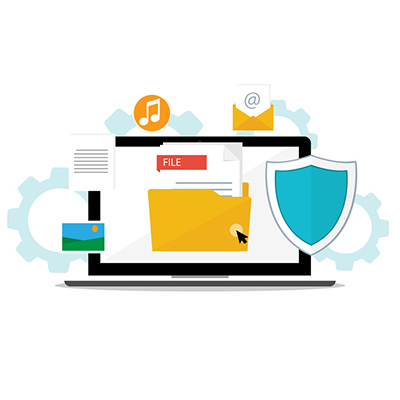Data backup can be the difference between business failure and success. Logically, if an organization suffers from a data loss incident serious enough to need its data backup, it might not survive without it. With a data backup and disaster solution, you can ensure business continuity. How does this kind of system work?
Let’s discuss the most important parts of a data backup solution, and how you can know whether it’s working to keep your business safe.
The Key Parts of Data Backup
The best backup solutions have three major aspects to them:
- • Snapshot-based backups: Backups should be taken periodically throughout the day so that you can keep data loss to a minimum in the event of a disaster. Snapshot-based backups can be taken as often as every fifteen minutes.
- • Quick data recovery: You need a solution in place for rapid data recovery to minimize downtime.
- • Testing to ensure proper backups: How do you know your data backup is working? Test your backups regularly to make sure that they will work as intended when you need them.
Testing Your Backups Is Important
Imagine your business experiences some kind of disaster scenario; a power surge, tropical storm, or hacking incident-the point is that it’s a situation where you won’t last long without data backup of some sort. You try to deploy your data backup, but something goes wrong. Now what?
If you fail to test your backups regularly, your business is at risk. Testing is something that you absolutely cannot ignore.
What to Do?
If technology isn’t your strongest suit, working with a managed service provider can really help to keep your business running smoothly. To learn more about data backup and disaster recovery, call Quikteks at (973) 882-4644.

